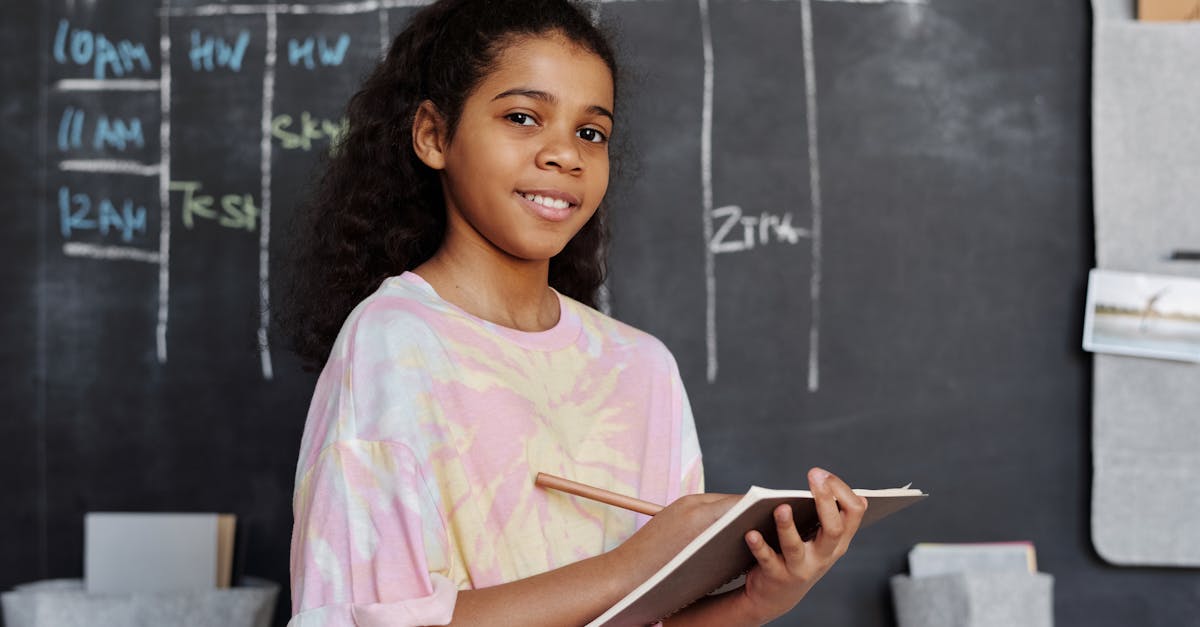Understanding Self-learning in Kids
Self-learning is essential for a child’s independence. Through self-learning, kids grasp problem-solving skills and creativity. Think about the times you figured things out on your own as a child. Remember how fulfilling that felt? That’s the essence of self-learning we’re aiming for. By fostering self-learning, we help children gain confidence. Confidence is their superpower. Children will face less frustration in school and in life. It’s no wonder parents are eager to teach these skills.
Keywords: self-learning for kids, independent learning, problem-solving skills.

The Magic of ChatGPT
ChatGPT is like having a genie in a bottle, minus the three wishes limit. It’s interactive and adapts to your child’s learning pace. Imagine a child asking why the sky is blue. ChatGPT can explain it in kid-friendly terms.
Beyond academic queries, it can tell stories, solve riddles, and even role-play situations. This versatile tool makes learning diverse and fun. Together, it’s a mix of entertainment and education.
Keywords: ChatGPT for kids, interactive learning tool, AI in education.

Setting Up a Learning Environment
Creating a learning-friendly environment is crucial. First, find a quiet space. Next, equip it with necessary tools – a computer or tablet for ChatGPT interaction. Incorporate colors and learning charts to make it inviting. Add a cozy chair or beanbag for comfort. The goal is to create a space they love to spend time in. Think of it as their personal learning kingdom. Make sure it’s stockpiled with educational resources.
Keywords: learning environment for kids, educational space, home study setup.

Creating an environment conducive to learning is essential for effective studying. By setting up a space that is comfortable, equipped with the necessary tools, and visually appealing, you can help enhance the learning experience for children.
Creating Fun Learning Activities
Kids have short attention spans – fact! To keep them engaged, learning must be fun. Use ChatGPT to design treasure hunts. The clues can be educational. Create quizzes that teach while they play. Or storytelling sessions where they co-create tales with ChatGPT. Mix learning with their favorite games. Before you know it, they’ll be eager learners.
Keywords: fun learning activities, educational games for kids, ChatGPT quizzes.
Monitoring Progress and Providing Feedback
Progress tracking is vital. Note improvements and areas needing attention. Engage with ChatGPT to gauge understanding. Regularly ask your child to explain their answers. This helps reinforce learning. Celebrate small achievements. If they solve a tough riddle, throw a mini celebration. Positive reinforcement keeps them motivated.
Keywords: monitoring learning progress, giving feedback to kids, tracking educational milestones.

Overcoming Emotional Hurdles
Children often face emotional turmoils while learning. ChatGPT can act like a supportive buddy. If frustration brews, ChatGPT can offer encouraging words. Teach them it’s okay to make mistakes. Share your childhood learning struggles. Sometimes, adding humor helps. Tell them about the time you wore mismatched socks to school. Laughter lightens the load. Encourage perseverance.
Keywords: overcoming learning challenges, emotional support for kids, ChatGPT support.

Encouraging Parental Involvement
While ChatGPT is a fantastic tool, parental involvement enhances its impact. Engage in daily learning sessions. You don’t need to be an expert; just be present. Ask your child what they learned. Share your knowledge and experiences. Your involvement shows you care and boosts their enthusiasm. Make learning a family affair.
Keywords: parental involvement in learning, family learning time, supporting child education.
